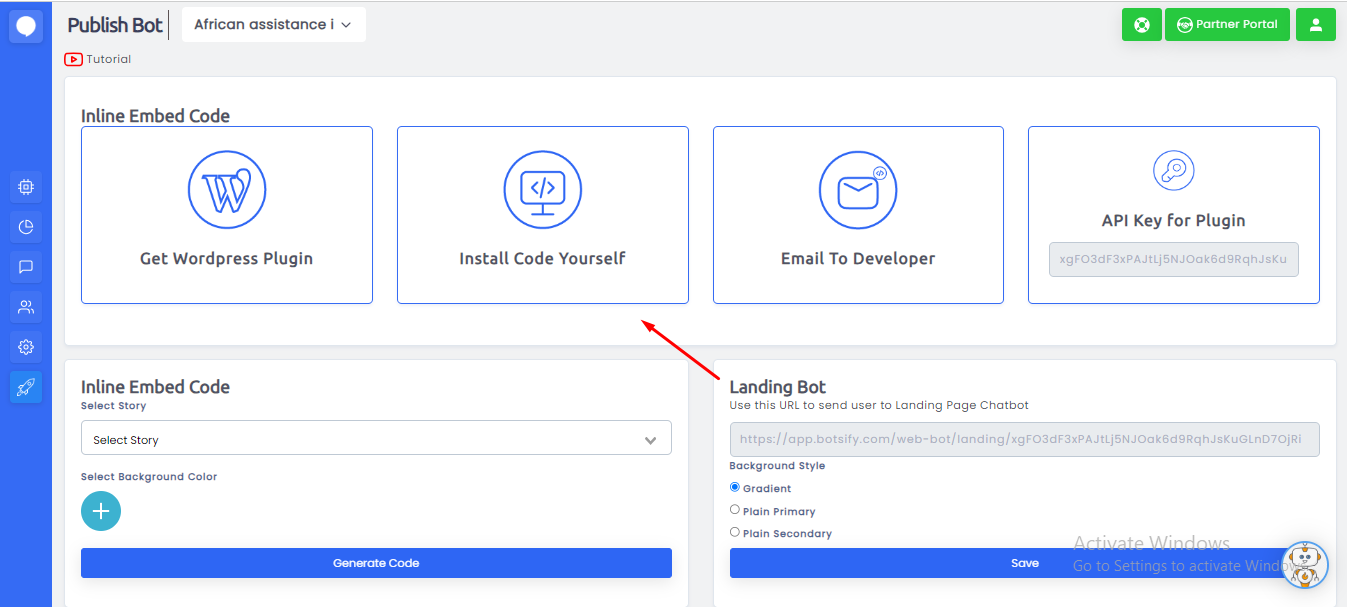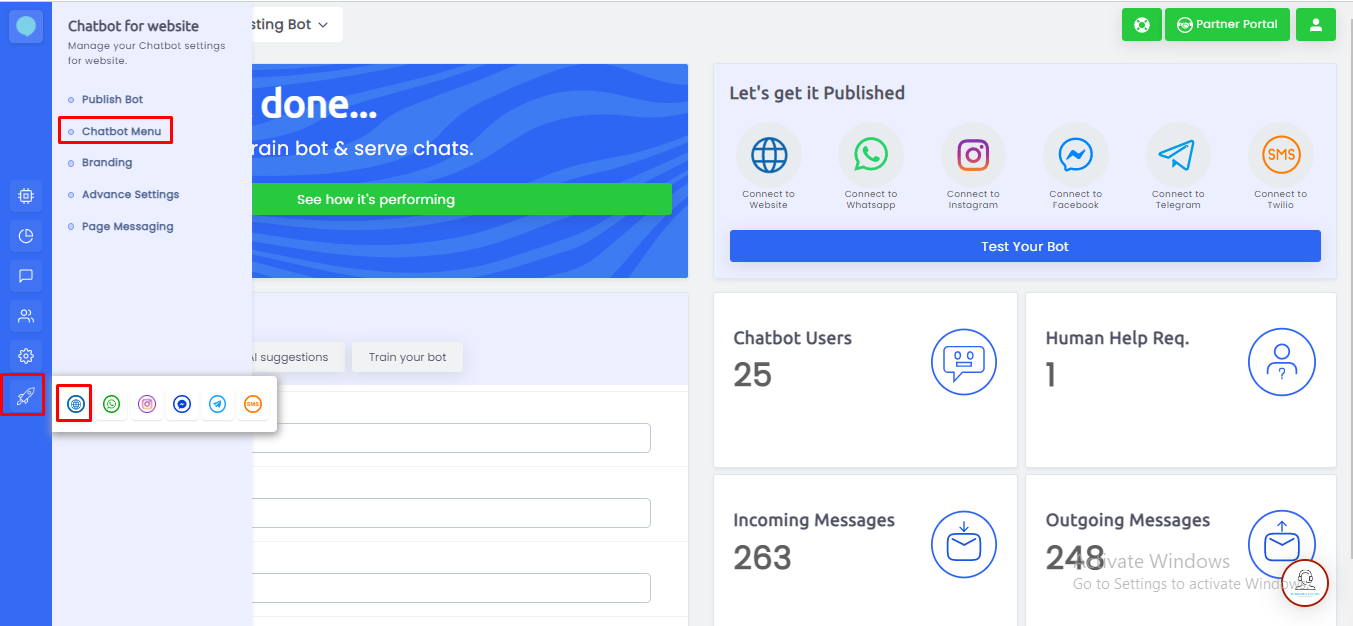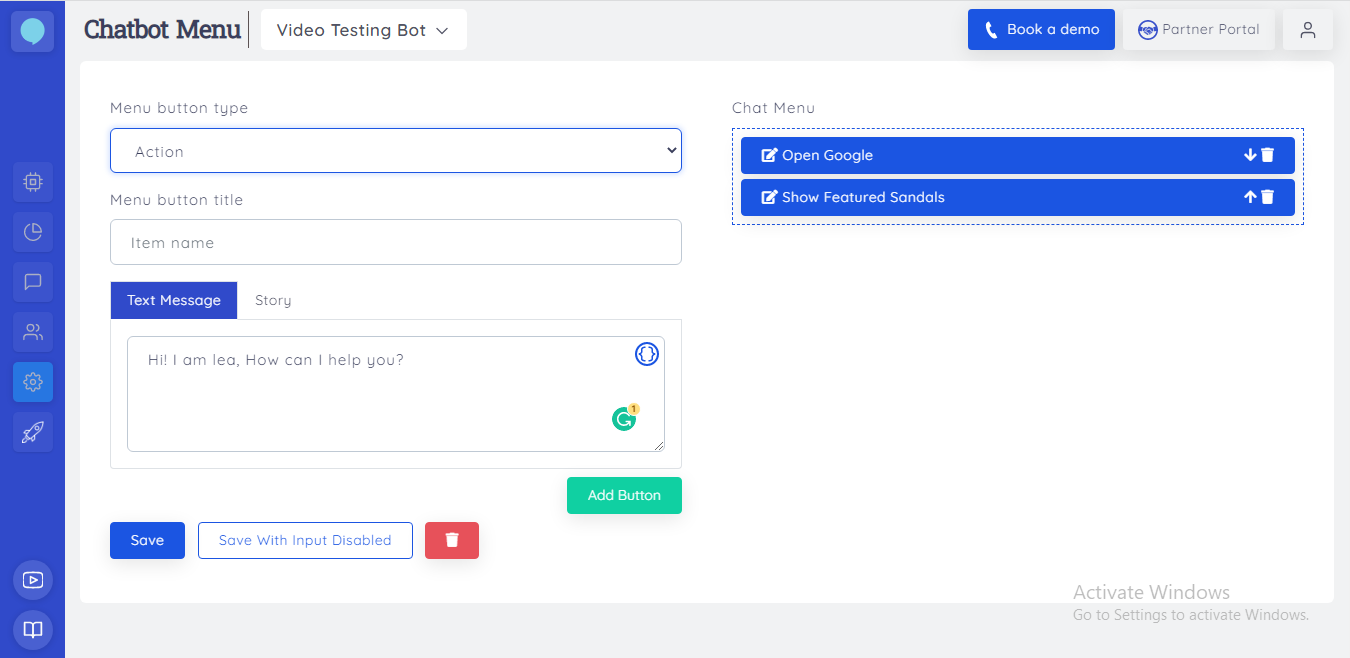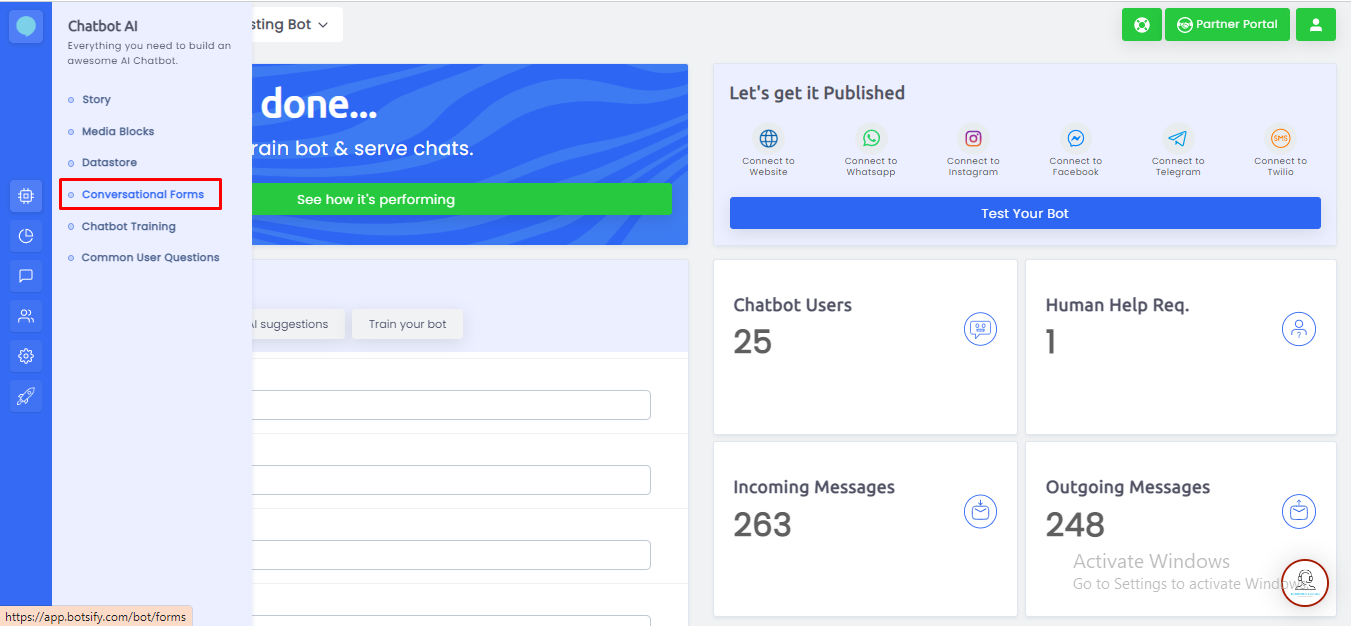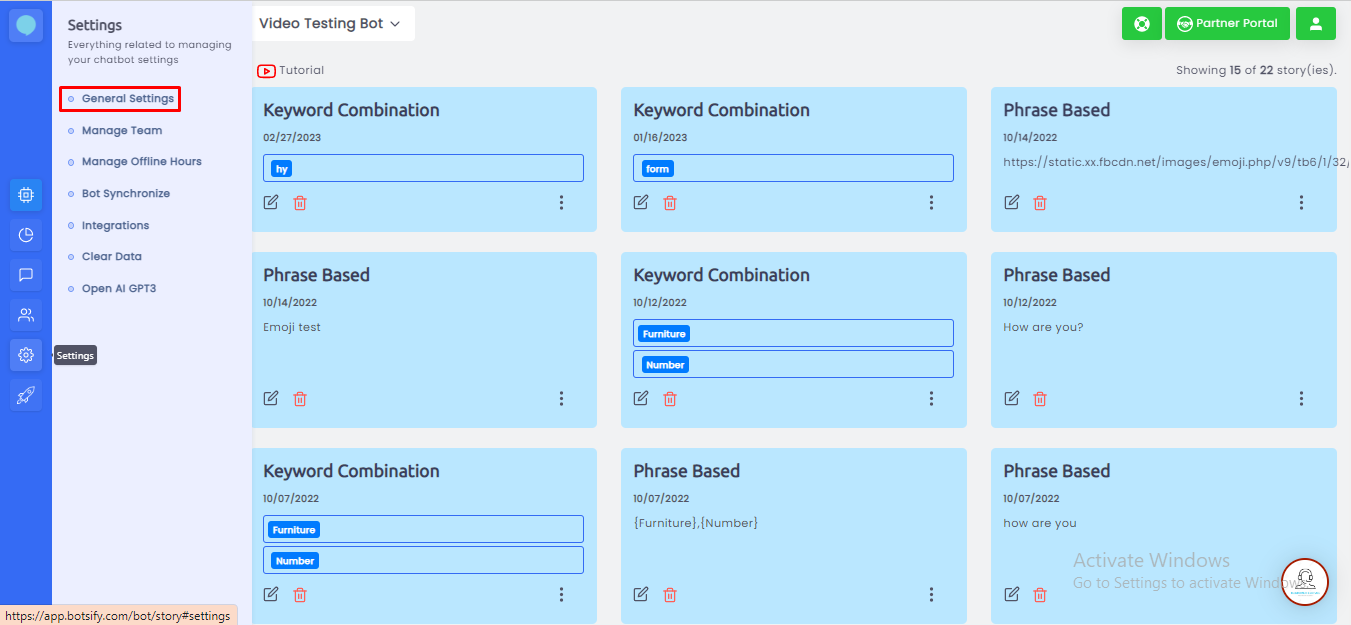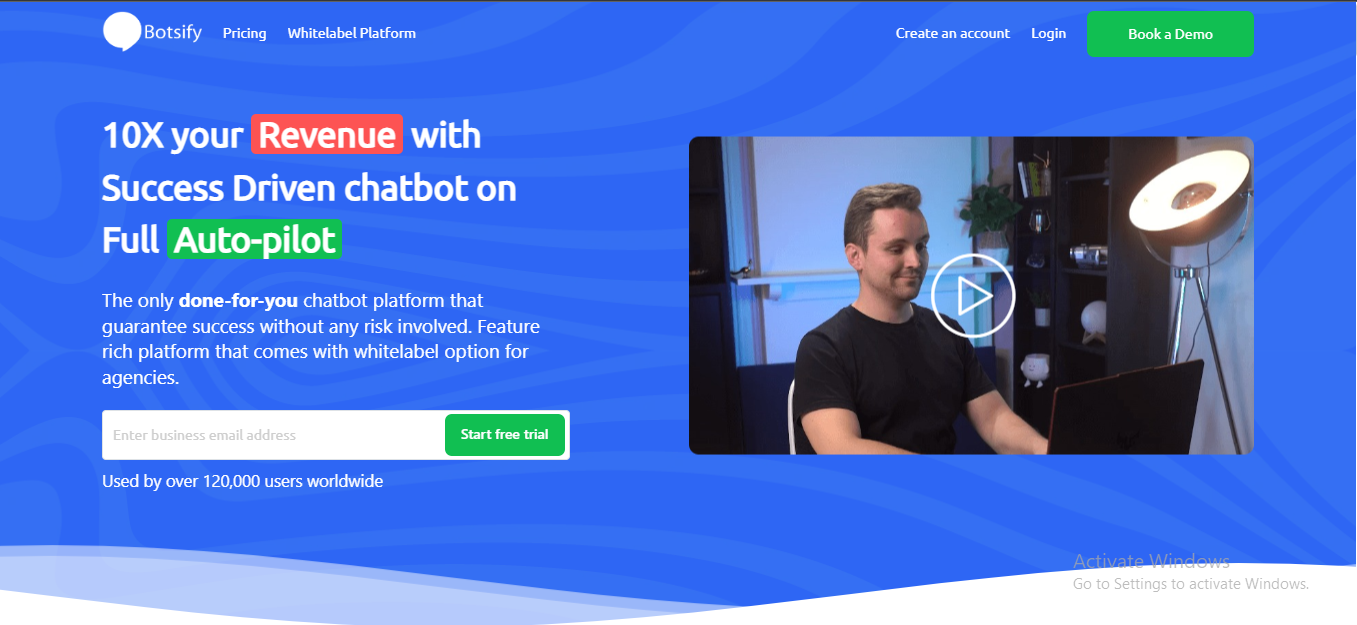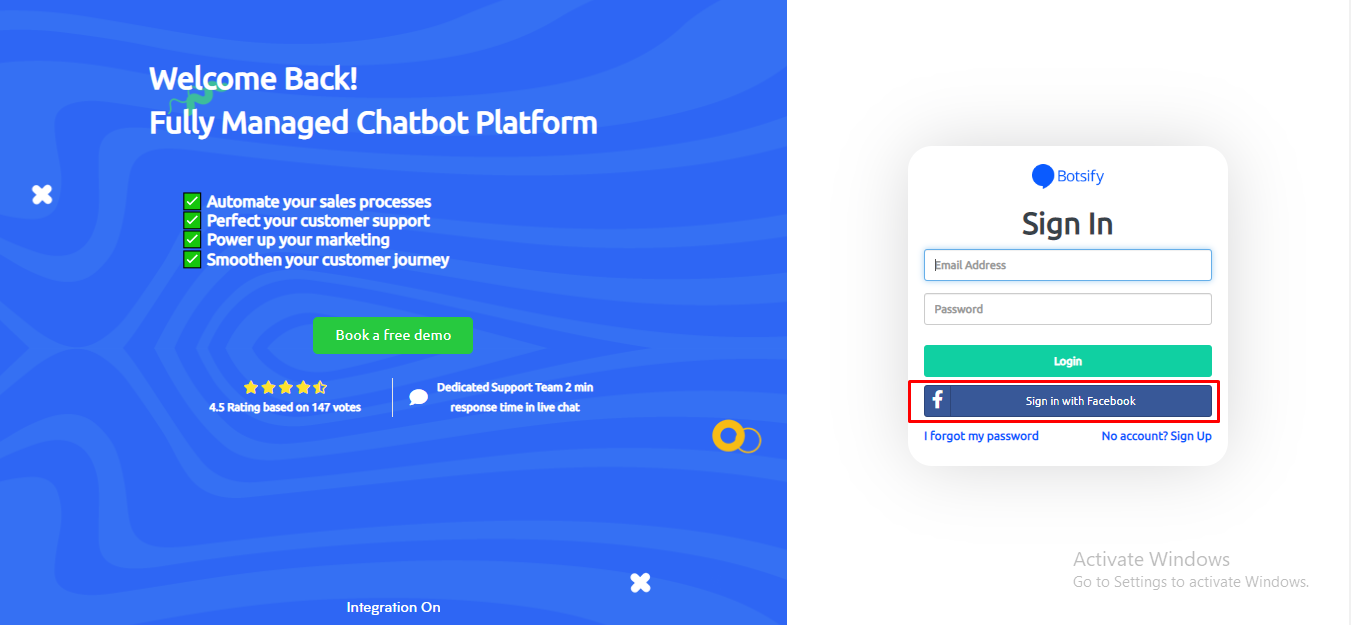A story is how your chatbot will respond to expected messages.
You can create an appropriate scenario for your chatbot to follow. You have to be careful while creating a story because it can break if an unexpected question arises.
Create multiple stories for your users!
Here is a brief tutorial on how to create a story on Botsify.
Step 1
Log into your account on Botsify and from the top right of the dashboard select the chatbot for which you want to create a story.
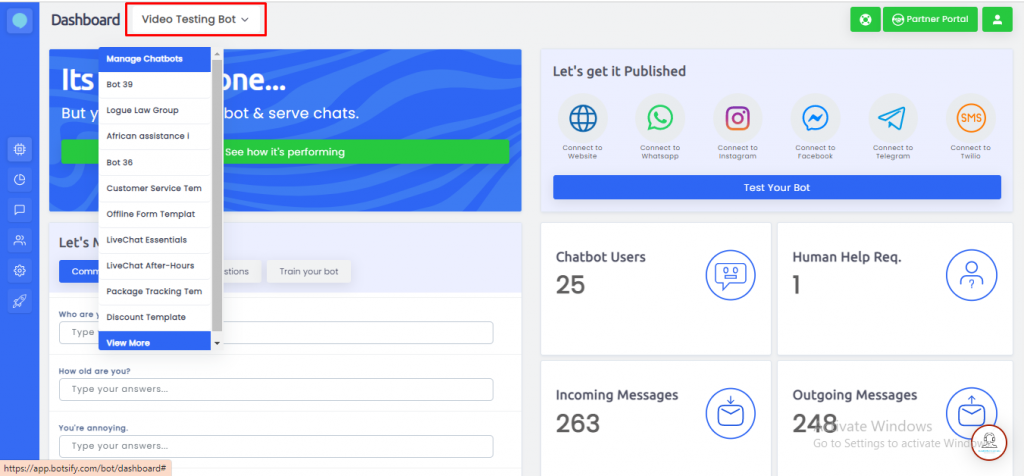
Step 2
Once you have selected the chatbot, go to Chatbot AI > Story
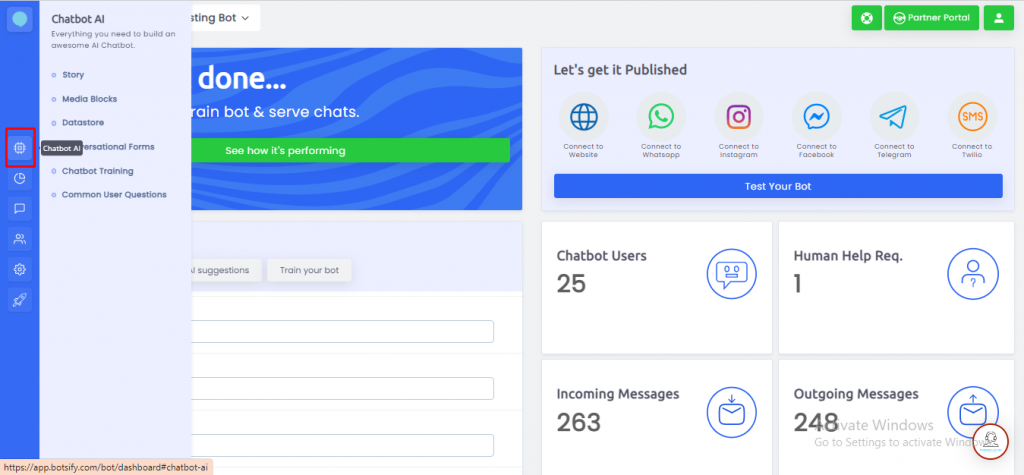
Step 3
You will land on a new page, select “Create Story” from the center of the page.
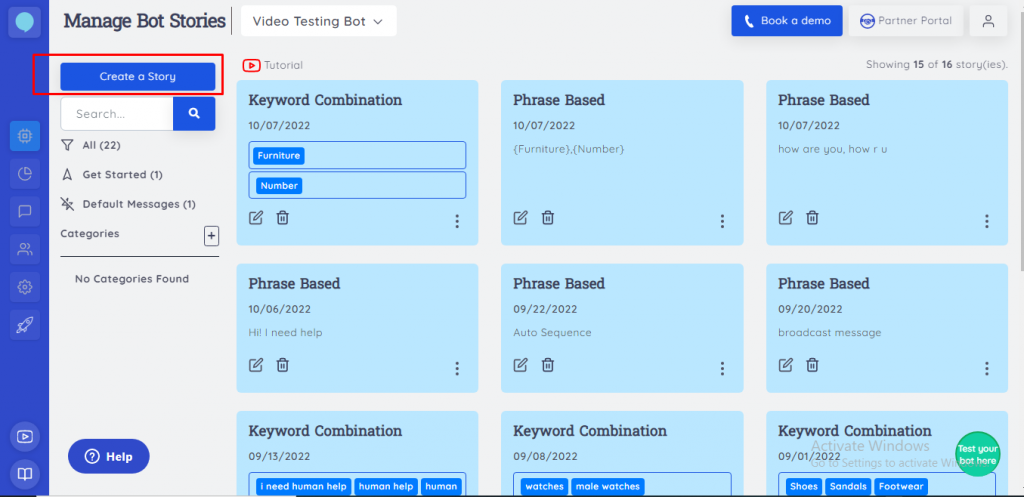
Step 4
On the “Create Story” page you will be presented with the story menu (at the extreme left side) and you will have to carry out a conversation to program the chatbot.
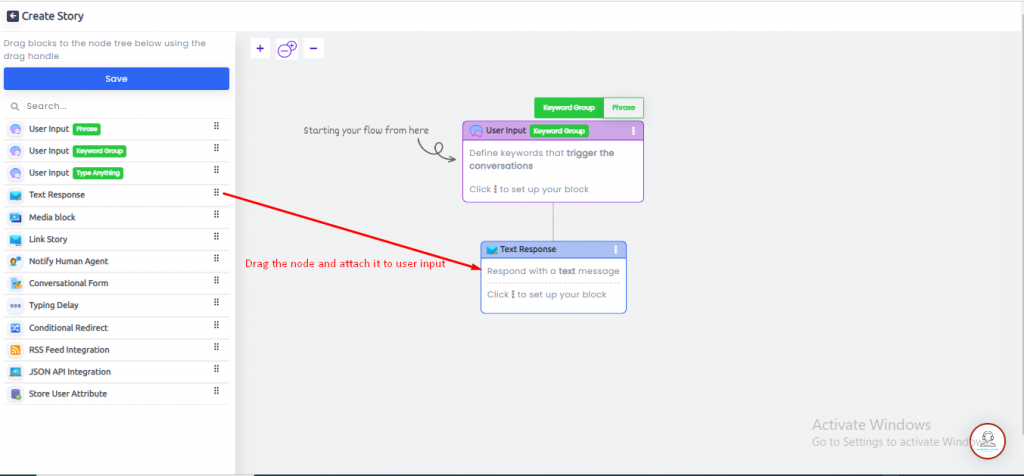
Step 5
On the left, you have the user’s dialogue box and on the right, you have the chatbot’s dialogue box.
In the user’s dialogue box, you will notice that there are 2 options:
- Keyword Combination
- Phrase
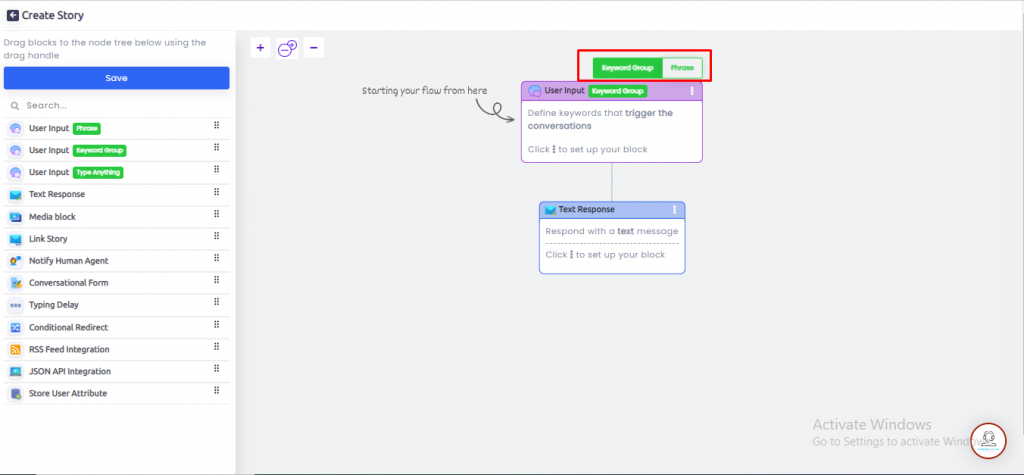
Keyword Combination:
If the user query matches a combination of keywords or datastore values (previously entities)
Phrase:
If the user query is similar to the phrase
If you select Phrase you will notice an input field that says “Add similar phrases”, in the old format you had to write similar phrases but not now, Botsify plays with ease
Click on generate similar phrases and “BOOM” the AI will show more than 10 similar phrases that you can set in your similar phrases.
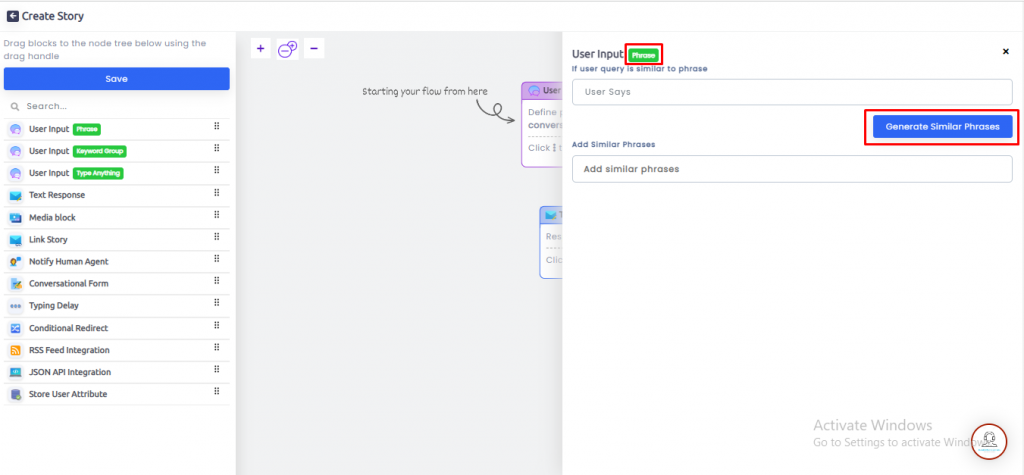
Now let’s take a look at the chatbot dialogue box. There are a couple of options for it.
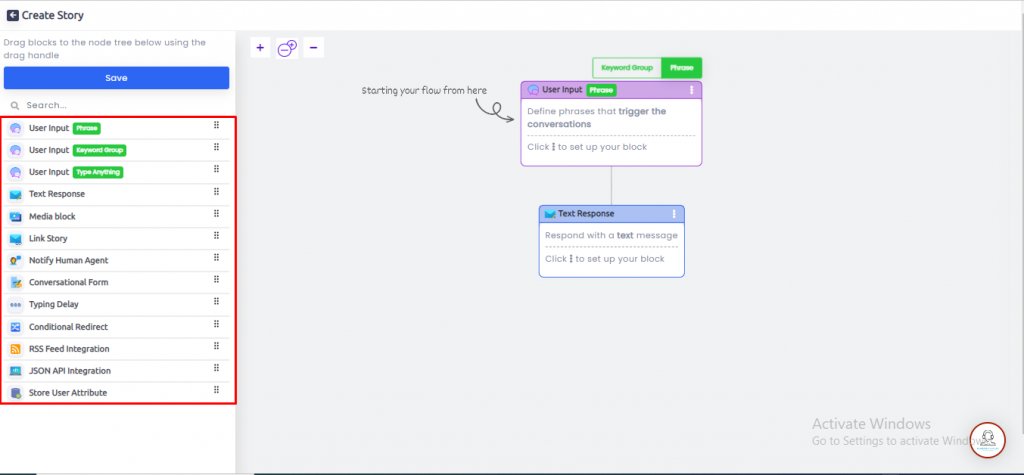
First, the input field “Bot Says” allows you to write the response you want your chatbot to give.
Beside it, is a Variables button. This contains variables such as the user’s first name, last name, and last user message. You can use these variables in your response.
Add alternate responses that allows you to write other possible responses that are related to the original response.
Last but not the least, is the quick reply. To know more about Quick Replies you can read it here.
There are a few options below the chatbot dialogue box.
– Bot Says: Adds a new chatbot dialogue box
– Send Media Block: Lets you select an existing media block
– Add Story: Lets you connect an existing story
– Plugins: Lets you add plugins in the story
Let’s take an example in order to get familiarize with story creation:
In the user dialogue box select phrase match and write
“Hello” and your response will be “Hey! How may I help you?”
After all of the responses have been designed, your chatbot will be completed.
You can now scroll to the top and click on the “Save” button to save your story.
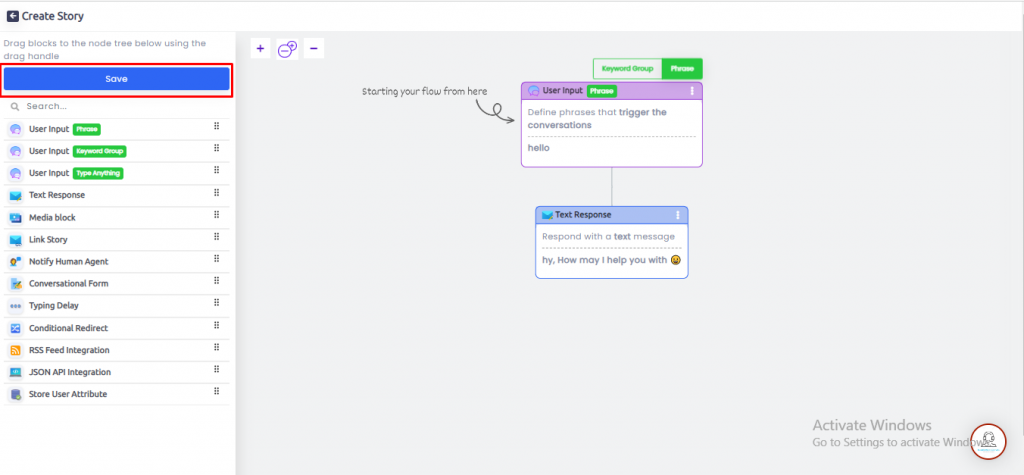
You can test this story like this


